What, than and to what level can be cleaned air in the urban apartment.
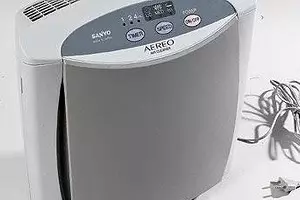
Clean and fresh air over the flowering meadow we are easily distinguished from the gas mixture, which I breathe near factory buildings and which for some reason also call air. About from what, than to what level, you can clean the air in an urban apartment says our article.
'' Battle Dutch "in the air
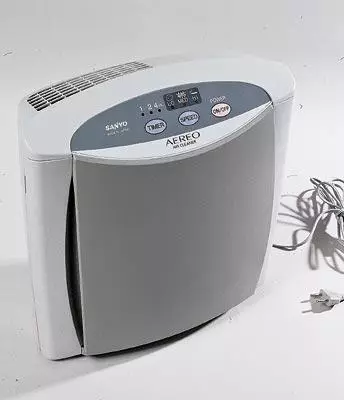
Gaseous compounds. We are incredible to explain our ailments in times: something did not eat something or did not drink. But it is enough to remember about ten minutes spent in a car traffic jam next to the exhaust pipe of the domestic kamaz, and do not need to look for other causes of headaches. Well, in a modern urban apartment, is it possible to feel safe? After all, the accommodation of a modern man is filled with a whole "bouquet" far from innocuous volatile chemical compounds. It "smells" with phenol and formaldehyde, which are widely used in the manufacture of furniture and in construction, pentachlorophenol (chipboard), chlorvinyl (washable wallpaper), ethylene oxide (plastic pipes), etc. Road ventilation eliminates us from these pollutants. And then for a short time.
Separate attention should be paid to ozone. There is a sustainable opinion that it is very useful for health. As an argument, supporters of this delusion necessarily remember the lines from the poem "I love a thunderstorm in early May ...", connecting the ease of breathing in the spring forest with the formation of ozone as a result of a lightning strike. It turns out, everything is not so simple. Ozone is a chemically "aggressive" compound, and the excess of its MPC (extremely permissible concentration) is extremely harmful to human health: it causes pulmonary edema and can lead to a fatal outcome. By the way, the Ozone PDC is exactly equal to the PDC of the gaseous chlorine, and chlorine is still considered a combat poisoning substance and was used by Germany to the first world war.
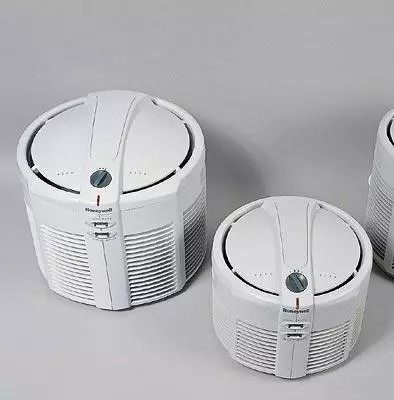
Rustic residents from children's years know: the carbon monoxide (CO) enters the residential premises or the bathroom, if you prematurely close the furnace damper. The fact is that this gas that does not have color and smell (that is, "not given to us in sensations"), binds hemoglobin of blood and at high concentrations is able to finally repay consciousness and lead to a fatal outcome.
In homes where there are no stoves, tobacco smoker turns out to be the main source of carbon monoxide. A considerable amount is contained in the exhaust of automotive engines. Of course, the power of these sources is insufficient in order to "get to death to death." In the meager doses, the carbon monoxide causes headache, oxygen starvation, suffocation, with long-term exposure - a cardiovascular disorder contributes to the development of atherosclerosis.
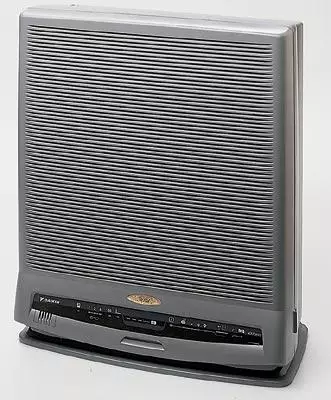
Particles of atmospheric dust consist of a variety of substances, such as pure quartz or a mixture of organic compounds. The dimensions of the dusty lie in the range from 0.1 to 10 microns (99.9% of the particles in the air of our apartment have dimensions up to 1 microme). Particles of more than 10 microns (sandbank, pollen) are quickly settled, dust particles ranging from 0.2 to 5 μm in the air for several days, and particles of aerosols of less than 0.1 microns behave like gases. Thus, not from any dust you can get rid of the usual vacuum cleaner and wet rag.
Microorganisms. For the completeness of the picture, let's say about other sources of pollution - it is a person myself, his favorite pets and houseplants. They spread viruses and bacteria, as well as spores of fungi and mold. It is curious that bacteria and viruses are found only in residential premises. Swedish scientists have developed a standard for which for each inhabitant should have at home 25 m3 of air. If this magnitude decreases, the probability of transferring infectious diseases increases.
Main pollutants
| Basic air pollutants | Maximum permissible concentration (MPC) *, mg / m3 | Sources of pollution |
|---|---|---|
| Durger gas (CO) | 1.0 | Car, Tobacco Smoke, Gas Plate |
| Nitrogen oxides (NOX) | 0.04. | Car, gas stove |
| Sulfur oxides (SOX) | 0.05 | CHP |
| Phenol | 0.03. | Furniture, construction insulation |
| Formaldehyde | 0.003. | « |
| Styrene | 0.002. | Construction insulation |
| Benzopire | 0.000001. | Car |
| Ozone (O) | 0.03. | Office office equipment |
* - When exposed to substance during the day.
There is one nuisance that has already happened in Europe and threatens us. For example, in Germany, the result of the struggle for the preservation of heat in residential premises by means of insulation of walls and sealing windows with double-glazed windows was the mass spread of mold and, as a result, a surge of allergic diseases. The problem has taken state scales. The reason is to reduce air exchange and increasing humidity due to total sealing. Rescue Means is known: Frequent ventilation or active supply ventilation. But if the Germans decide their problems centrally: upgrade the ventilation system of their housing, the Russian winner glazed windows in their apartments are forced to fight alone.
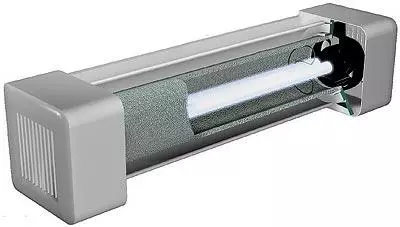
Such observations can be continued to infinity, but we do not want to finally intimidate the reader. Already painted a rather gloomy picture of a person's life in a modern city. Is there a way out?
'' Quomitters '' Air
The current air purification methods are specifically divided into three main types, namely: adsorption, ionizing (electronic) and photocatalytic. Typically, household appliances combine two methods of cleaning and equipped with a dust filter.
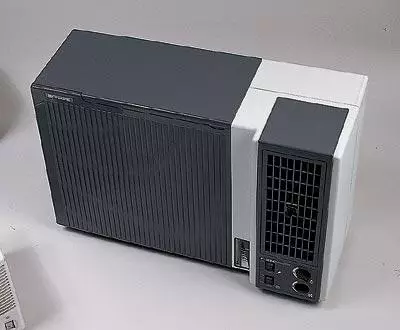
Another household absorber of impurities in which water serves as a water vacuum cleaner (for example, Rainbow, USA or Thomas, Germany). In addition to dust and home dirt, such a vacuum cleaner effectively absorbs all molecular impurities soluble in water. This is the disadvantage of such a cleaner, because it does not absorb insoluble impurities. And they include all the esters that a person feels like "extraneous smells", phenol with formaldehyde, carbon monoxide, nitrogen oxides, etc. In addition, the vacuum cleaner in 30 minutes of work spills up to 250 g of water, which significantly increases the humidity in room.
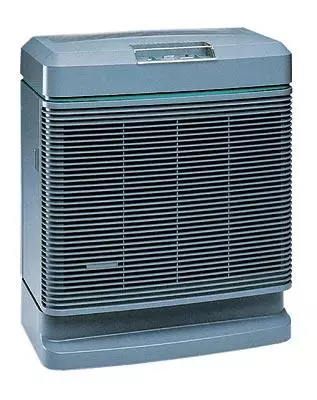
The same principle is based on the work of the so-called chandelier of Chizhevsky, which its manufacturers widely advertise. Possessing the above features (ozone generation and inability to cope with volatile molecular pollutants), this device has another distinctive feature. If a dust collector in the above-mentioned devices serves a special grounded plate, located inside, then the "entrance" in the chandelier of Chizhevsky are the walls, gender and especially the ceiling of the room. It is just rushing to them and firmly sticks the bedroom dust, and it is not easy to clean it.
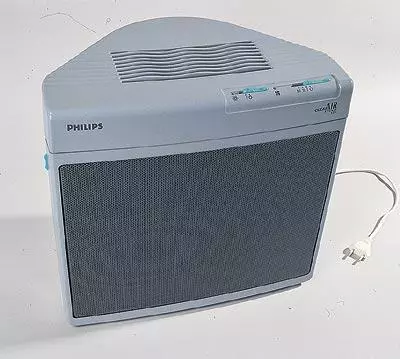
The first photocatalytic cleaner of the Aerolafts trademark, the "SEZHEZH 12" model appeared on sale. Its advantages include the absence of interchangeable details: filters, plates, etc., moreover, this household appliance that copes with light molecular impurities (carbon monoxide, nitrogen oxides, formaldehyde). It is a desktop or wall lamp. On the inside of a plaffone made of porous glass, a photocatalyst is applied. The air driven by the fan through the device is cleaned of all impurities and microbes. The air cleaner is designed for continuous operation. Its disadvantages include low performance - only 12 m3 / hour.
The Japanese concern Daikin produces and sells a Cleaner Acef3AV1-C (H) in Russia, which is equipped with three filters: mechanical - for cleaning from coarse dust, ionization - to capture thin dust and photocatalytic - to decompose molecular impurities. The device automatically reacts to the appearance of tobacco smoke - turns on and operates until the air in the room becomes clean. They can be controlled remotely with the remote control, there is a timer, a turbo is provided.
Our recommendations
Universal solutions, as always, does not exist. Each type of air purifier has its own advantages and its specific disadvantages. The choice depends on the degree of pollution of the room and material capabilities.Unfortunately, there are no household sensors to measure and monitor this very degree of pollution. Existing sensors react to the concentration of dust in the air and are absolutely not sensitive to volatile molecular pollutants. If you live near the motorway, you can not doubt that the concentration of carbon monoxide (CO) and nitrogen oxides (NOX) in the house is significantly higher than the norm. If your apartment has furniture from poorly lined chipboard, then, most likely, the concentration of phenol and formaldehyde will be increased in the air.More accurate information about the composition of the air can provide SanEpidemstations (SES) and environmental services of the city. For a moderate fee, their employees go to the house, measure measurements, process data and report the result.
Comparative characteristics of household air cleaners
| Name | Principle of operation | Production, M3 / h | Recommended area of the room, m2 | Power, W | Household dust | Volatile molecular pollutants | Retail price, $ |
|---|---|---|---|---|---|---|---|
| Philips HR 4320 / B, Holland | Filtration | 150. | thirty | 70. | +. | - | 150. |
| Philips HR 4320 / A, Holland | Filtration, adsorption | 150. | thirty | 70. | +. | +. | 210. |
| Bionair SH-0840, Canada | Filtration, adsorption | 60-120 | twenty | 80. | +. | +. | 277. |
| Bionair Fe-1060, Canada | Adsorption, electrostat. filtration | 75-145 | 24. | 80. | +. | +. | 173. |
| Bionear F-150, Canada | Adsorption, electrostat. filtration | 85-255 | 35. | 80. | +. | +. | 208. |
| Bionair LC-1060, Canada | Filtration, adsorption | 200. | 24. | fifty | +. | +. | 205. |
| Bionair LC-1460, Canada | Filtration, adsorption | 80-200. | 34. | 80. | +. | +. | 277. |
| Toshiba FC, Japan | Filtration, photocatalysis | 170. | thirty | 120. | +. | +. | 450. |
| Honeywell DA-5010E, USA | Filtration, adsorption | 175. | eighteen | 90. | +. | +. | 189. |
| Honeywell DA-5018E, USA | Filtration, adsorption | 221. | 22. | 90. | +. | +. | 237. |
| Honeywell DA-1000E, USA | Filtration, electrostat. filtration | fifty | twenty | 115. | +. | +. | 200. |
| Delonghi PA 290, Italy | Filtration, electrostat. filtration | 290. | 46. | 86. | +. | +. | 240. |
| Delonghi PA 393, Italy | Filtration, electrostat. filtration | 393. | 52. | 120. | +. | +. | 276. |
| "Super-Plus", Russia | Electrostat. filtration | eight | fifteen | five | +. | - | twenty |
| Aerolaife "SEEZH 12", Russia | Filtration, photocatalysis | 12 | fifteen | 40. | +. | +. | 160. |
| Rainbow, USA | Water vacuum cleaner | 300. | 700. | +. | +. | 1750. | |
| Daikin Ace3dve, Japan | Filtration, electrostat. filtration | 180. | thirty | 27. | +. | - | 860. |
| Daikin Acef3av1-C (H), Japan | Filtration, electrostat. Filtration, photocatalysis | 180. | thirty | 27. | +. | +. | 860. |
| Thomas Compact 20s, Germany | Water vacuum cleaner | 1400. | +. | +. | 267. | ||
| Sanyo ABS-110, Japan | Filtration, electrostat. filtration | 126. | 26. | 45. | +. | +. | 135. |
| Sanyo ABS-111, Japan | Filtration, electrostat. filtration | 126. | 26. | 45. | +. | - | 145. |
| ELECTROLUX Z-7010, Sweden | Filtration, electrostat. filtration | 330. | 66. | 70. | +. | +. | 199. |
| ELECTROLUX Z-7020, Sweden | Filtration, electrostat. filtration | 330. | 66. | 70. | +. | +. | 299. |
Note. "+" - cleans; "-" - does not clean.
